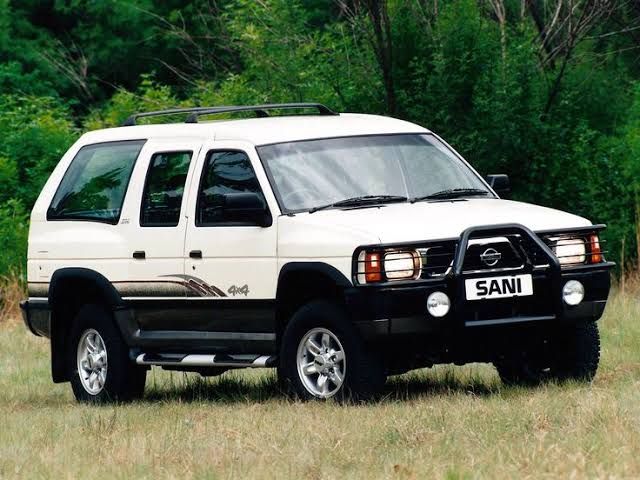
When the Nissan Sani hit South African roads in the 1980s, it was more than just a new vehicle—it was a groundbreaking moment in motoring history. As one of the country’s very first SUVs, the Sani set the standard for what South Africans would come to expect from a sports utility vehicle for decades to come.
A Homegrown Innovation
The Nissan Sani was a uniquely South African creation, designed to cater to the rugged terrain and adventurous spirit of the country’s drivers. Built on the Nissan Hardbody bakkie platform, the Sani combined the durability and reliability of a workhorse with the versatility and comfort of a family vehicle. Its design embodied the duality South Africans demanded: a tough, go-anywhere vehicle that could handle both the wilderness and the school run.
The SUV Before SUVs Were Cool
Long before SUVs dominated the global market, the Sani captured the hearts of South Africans. It offered features that were unheard of for its time:
Spacious Interiors: The Sani could comfortably accommodate families, making it ideal for road trips and holidays.
Off-Road Capability: Its robust 4×4 drivetrain made it a favourite among adventurers, perfectly suited for South Africa’s diverse landscapes.
Customisable Utility: The Sani was adaptable, often used as a leisure vehicle or a reliable workhorse.
Its introduction predated the global SUV boom, making it a pioneer in shaping what an SUV should be—a balance of functionality, comfort, and style.
Engineered for South Africa
The Nissan Sani was available in petrol and diesel variants, offering reliable engines tailored to the challenges of local driving conditions. Whether navigating dirt roads in the Karoo or cruising along coastal highways, the Sani delivered.
It also stood out for its practicality, with features like high ground clearance and a rugged suspension system, enabling it to tackle South Africa’s notoriously unpredictable terrain.
Legacy and Influence
The Nissan Sani paved the way for the SUVs that followed, setting a benchmark for durability, versatility, and family-oriented design. It created a category that vehicles like the Nissan X-Trail and Toyota Fortuner would later dominate, but it retains a special place in the hearts of those who experienced its groundbreaking appeal.
For many, the Sani was a trendsetter—a vision of what the modern SUV could become. It wasn’t just a car; it was a statement about the aspirations of South African motorists at a time when adventure and exploration were woven into the national fabric.
Conclusion
The Nissan Sani is more than just a footnote in South Africa’s automotive history—it’s a symbol of innovation and resilience. As one of the very first SUVs on local roads, it paved the way for an entirely new class of vehicles. For those who grew up in the 1980s and 1990s, the Sani remains an icon of practicality, toughness, and adventure.
Though it’s been succeeded by more modern SUVs, the Sani’s legacy lives on, reminding us of a time when it was the ultimate vehicle for South African roads and lifestyles.

